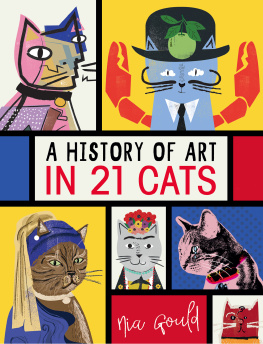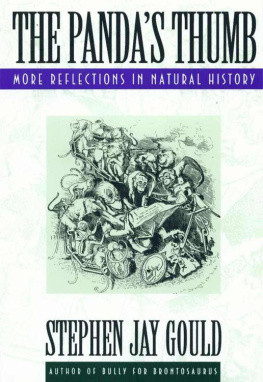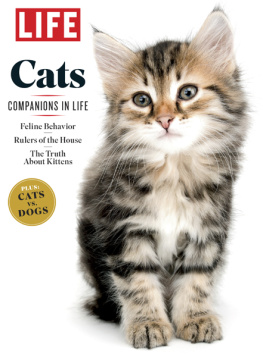Contents

INTRODUCTION
Felis catus, better known as the beloved house cat, has been a valued human companion throughout history. It is a symbol of culture and refinement, capturing the imagination of the ancient Egyptians, who held cats in the highest esteem. Feline friends have stalked the studios of many artists, such as Pablo Picasso, Claude Monet, and Georgia O'Keeffe. So it seems entirely fitting to enlist cultured cats to navigate a journey through art history.
From ancient Egyptian and Byzantine art to the wacky and wildly successful world of the Young British Artists, explore the styles that characterized important art movements and the artists who led them.
The elements used to create the felines featured come with explanations of how they reflect the work of a particular artist or an aspect of a movement. Why not use these elements to develop your own creative "cattitude" ?
Theres a time line in the back of the book for an at-a-glance guide to the artists and movements featured.
Ancient Egyptian
This cat's air of haughty self-importance and regal disdain was typical in ancient Egyptian art. Cats were associated with various gods, and their likenesses were preserved as sculptures and amulets and seen in wall and tomb paintings.
Rather than serving a decorative purpose, Egyptian art was used to convey spiritual meaning. Much of it reflects the people's belief in life after death. The images that appeared on tombs and murals were very stylized and made no attempt to show realistic likenesses, either feline or human.
Egyptian artists indicated the rank and importance of the people they depicted with the colors that they used and with the sizes of figures in relation to each other. Anyone observing this cat would instantly identify it as a god rather than a humble mouser.
Often, the intended audiences of tomb paintings were the dead people themselves. The pharaoh who found this picture on his tomb wall could rest assured that his feline friend would accompany him into the afterlife which means that the poor cat was killed, mummified, and buried beside the deceased despot.
elaborate eye
This style of eye, seen in much Egyptian art, is called the Eye of Horus. A symbol of protection and good health, it was believed to embody magical powers. It appears in depictions of Wadjet, an early Egyptian deity, but was originally found on Horus, the falcon sky god.
color palette
Ancient Egyptian artists mainly used a palette of six colors: red, green, blue, yello w, black, and white. Each color had its own symbolism, and the colors had to be taken in context the proud black cat here is a symbol of regeneration and rebirth.
lotus flowers
The lotus was one of the most important ideological symbols used in ancient Egyptian art. Lotus flowers open in the morning and close up at night, so they were associated with death and rebirth. They were also used to symbolize the sun.
all that glistens ...
Gold was highly prized in ancient Egypt because of its association with the light of the sun and the solar deity Ra. It was also linked with the idea of eternal life because of its durable quality. Artists used it extensively in works created to honor nobility.
jeweled collar
The ancient Egyptians placed great emphasis on jewelry and physical adornment. Jewelry was worn by men and women of all social statuses to ward off ill health and bring good luck. The most recognizable piece is the broad necklace, here given a new lease on life as a jaunty collar.
Hieroglyphic tail
Egyptian hieroglyphs were the formal writing system used in ancient Egypt; the letters could be considered works of art in themselves. This ancient Egyptian cat is using hieroglyphs to depict some of its favorite things.
points of view
Figures were shown both in profile and front view; so, while this cat is viewed from the side, the whole eye can be seen. Having as much of the figure showing as possible was thought to be essential for passing into the afterlife.
What do colors mean in Egyptian art?
Red: life, destruction
Blue: new life, fertility
Green: goodness
Yellow: the sun, eternity
White: purity, sacredness
Black: death, the underworld, resurrection
You are the Great Cat, the avenger of the gods, and the judge of words, and the president of the sovereign chiefs and the governor of the holy Circle; you are indeed the Great Cat.
Tomb inscription in the Valley of the Kings
































